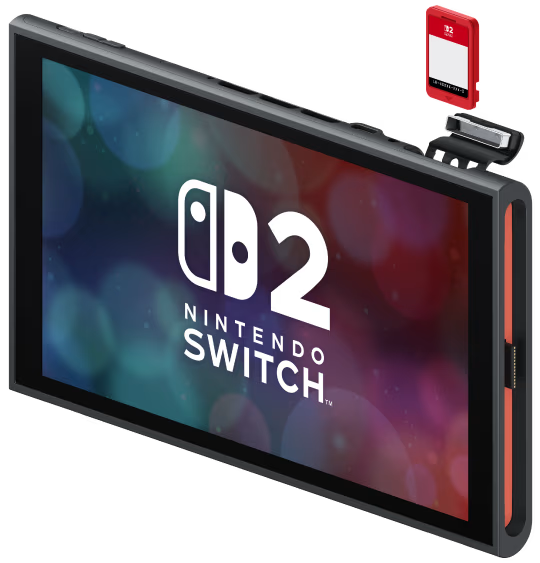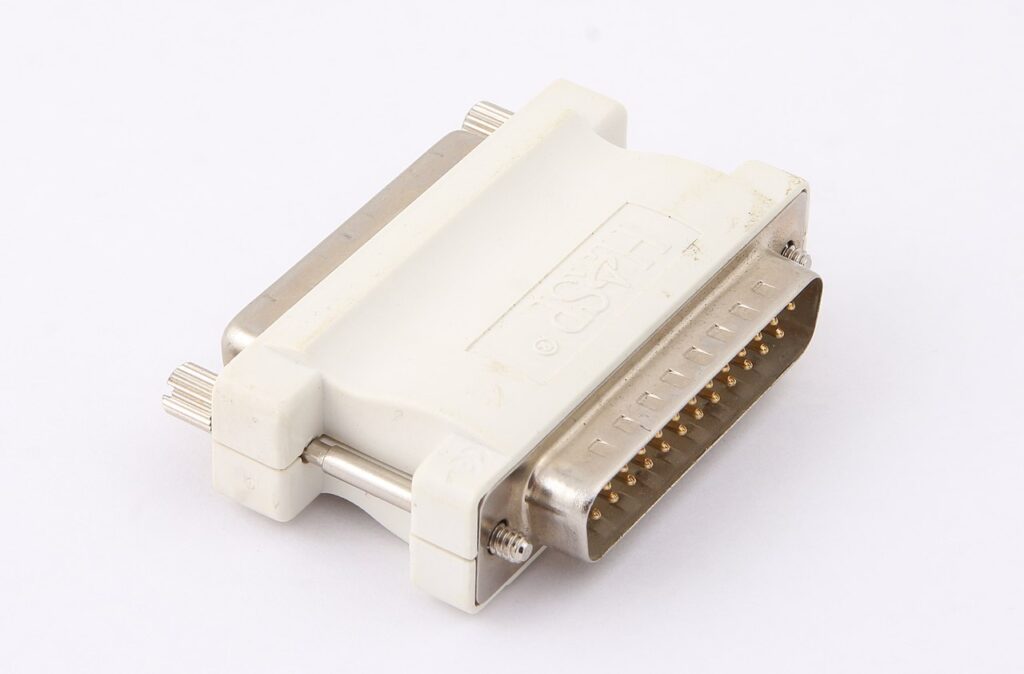Evolving DRM and the future for gamers explained.

For many gamers the value of a video game lies beyond the graphics, glitz, and polish of the gameplay itself. Sure, the game content itself is the primary reason to buy a game – and it should be. But what if you’re not really buying the game? What if you’re only buying a license to play the game? Is the end result the same?
The prospect of purchasing a license to play a video game and not actually owning the game itself is not new. When you buy a game for your favorite console – whether a you bought a Commodore 64 floppy disk from Mastertronic back in 1983 or a digital download on your shiny new XBox or Playstation, you’re actually (in some cases) purchasing a the physical media and (always) a license to play the game, not own the game itself.
Nintendo’s “Game-Key Card”
On Wednesday April 02, 2025 Nintendo announced that for the new Switch 2 – “some games” will come packaged on what Nintendo is calling a “Game-Key Card”. This key card is a physical device that looks like a regular physical Nintendo Switch game, but is very different.
In this article, we’ll take a look at a bit of history, and how Nintendo’s decision to implement Game-Key Cards means to the future of video games.


History
If you owned an Atari 2600 or other cartridge based console, then you likely had quite the collection of games on cartridge that you owned also. Copy protection for these types of games was relatively simple – it wasn’t an easy task to copy a cartridge.
Sure, it’s a relatively easy thing to do in our modern age for classic consoles – downloading the ROM image from an EPROM and playing it in an emulator or even burning it to another EPROM to make a copy is pretty trivial. But back then, very specialized knowledge and expensive hardware was required in order to do this. Essentially knowledge and cost was the deterrent or limiting factor preventing games from being copied and freely distributed.
However when the Commodore 64 and other similar disk-based 8 bit computers came out, copying games from one floppy disk to another was relatively easy to do. Subsequently, lots of people shared games that way. Many copy protection schemes were put into place and eventually, they were all bypassed.
Don’t Copy That Floppy!

Piracy of physical media became a relatively standard culture in the 80s and 90s, so much so that in 1992, the Software Publishers Association created a cheesy rap video encouraging kids not to pirate software.
As time went on copy protection schemes became more and more complex making it more difficult to pirate software. Beginning in the late 80s / early 90s another form of copy protection came into being : copy protection “dongles”.

These dongles required a software user to have a physical device connected to a physical port such as a parallel or serial port (later USB) on the computer in order for the software to operate. An early example was for VisiCalc software on a Commodore PET 8032 computer, which required a special ROM which served as an early version of a security dongle in order to operate. Later examples were USB dongles which look similar to a USB memory stick.
In modern days, Digital Rights Management (DRM) is the industry standard copy protection used for most digital media. Security Dongle technology was never widely adopted for consumer software due to it’s cumbersome nature and reliability issues and was primarily used on expensive commercial software applications, until now.
First lets explore what DRM is and then we will explore Nintendo’s new Game-Key strategy, and how it’s essentially a modern security dongle.
What is DRM?
Digital Rights Management (DRM) refers to technologies used by copyright holders to control access to and usage of digital content. In simpler terms, it’s a set of tools that restrict what you can do with digital media like:
- Music: Limiting the number of devices you can play a song on.
- Movies and TV shows: Preventing you from making copies or playing content on unauthorized devices.
- Ebooks: Restricting printing or copying of text.
- Video games: Preventing unauthorized copying or distribution.
Your physical device (a Nintendo Switch in this case) provides the Operating System which controls access to a remote server where games are available for download. Once downloaded to your local device, they become available to you for play. Today, the single “key” for DRM to operate effectively is your physical console and user credentials.
The Purpose of Nintendo’s “Game Keys”
The Nintendo “Game Key” adds an extra layer of copy protection. So, if you’ve somehow managed to compromise your Nintendo’s Operating System to allow “homebrew” games to play, you wouldn’t be able to play a copied version of the game because part of the game would always need to be obtained from Nintendo’s external server AND you would be required to have the Game-Key to unlock the software.
Think of two factor authentication (2FA), like when you log into your bank and you receive a SMS code that you have to enter before gaining access. 2FA relies on something you know AND something you have. In the bank example, you use your password (something you know) and a random code sent to your phone (something you have).
The Nintendo “Game Key” is essentially a 2FA physical token which will unlock licensed access to the game you purchased.
Very similar to copy-protection security dongles, this technology adds another layer in the fight to copy protect games.
What this means to you.
Depending on your perspective, this is either good news or bad news.
The bad news (for some).
If you’re an advocate for open software and against copy protection, this is very bad news. While there is no such thing as perfect security and history has proven time and time again that seemingly impenetrable devices are routinely compromised, security dongles have been the exception.
While not technically impossible to crack, they are typically encrypted and often run on proprietary hardware. In this case, the Game-Key (dongle) is combined with DRM to make an almost perfect copy protection scenario. So even if you were able to crack the Nintendo OS and copy the game, it wouldn’t work without the Game-Key. Opening up the OS for any useful functionality just became a lot harder.
The cumbersome nature of these dongles have been a deterrent from widespread use in the past. The Nintendo Switch changes this. A game cartridge is already something that you’re expected to have so replacing it with a Game-Key is trivial. This move by Nintendo is genius
The good news.
In a world ruled by DRM, what this means is an opportunity for game publishers who adopt this technology to once again have a reason to put something physical in your hands. Rather than selling you a completely virtual copy of a game which is both purchased and delivered online, games requiring a Game-Key would require that they deliver a physical product.
If you are a collector of big box games, you likely miss all of the swag and extras that came along with purchasing those games. This technology is a potential win-win for both game publishers and consumers alike.
Game companies should see this as an opportunity to rekindle some of the magic that came along with physical editions of games and provide value-added extras.
Rather than simply providing a sterile end user license agreement by means of DRM, there is now a golden opportunity to both add value to the end user by providing a physical tangible product and provide enhanced protection to the developer of their intellectual property. A true win-win.
The Future of Gaming
Nintendo’s influence within the gaming industry is undeniable, and its practices often set trends that other game studios observe and, in some cases, emulate. This tendency stems from several factors, including Nintendo’s history of innovation, its strong brand recognition, and its consistent success in the market. When Nintendo makes a significant shift, such as the potential transition to game keys, other studios watch closely to gauge consumer reaction and assess the potential benefits.
Therefore, Nintendo’s decisions have the potential to trigger a ripple effect throughout the gaming industry, shaping the future of game distribution and consumption.
Did you enjoy this article? Click here to stay informed, support retro, and subscribe to Computes Gazette today!

Leave a Reply
You must be logged in to post a comment.